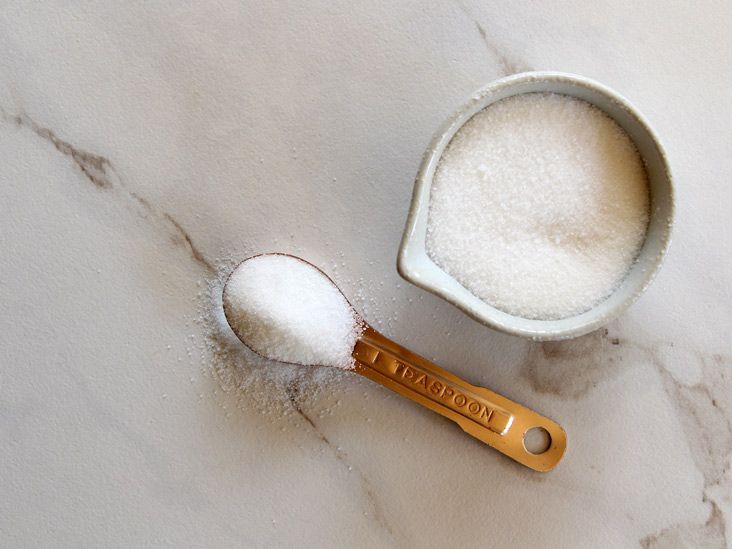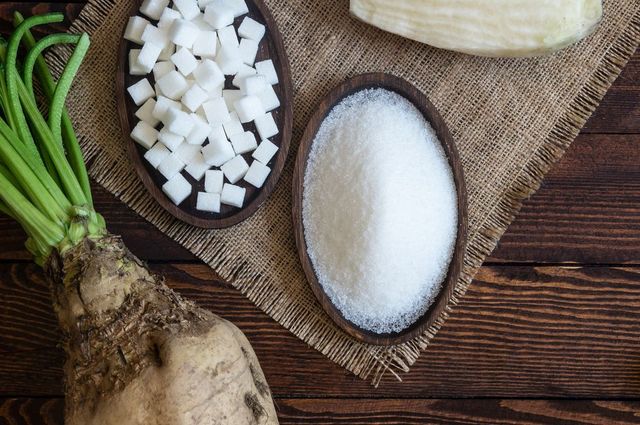Checking Out Beetroot Sugar Vs Walking Stick: Nutritional Conveniences and Culinary Makes Use Of
The comparison between beetroot sugar and walking cane sugar prolongs past plain preference and appearance, exposing detailed dietary profiles and cooking applications that merit mindful assessment. As we check out the subtleties of these two sugars, it ends up being clear that the implications of their usage are a lot more profound than one might originally presume.
Review of Beetroot Sugar
Although both beetroot sugar and cane sugar serve similar functions in culinary applications, beet sugar is derived especially from the sugar beet plant (Beta vulgaris), a root vegetable grown in pleasant climates. This procedure starts with the harvesting of sugar beetroots, which are then cleaned, sliced, and based on removal techniques to yield sugar-rich juice (beet sugar vs cane). The juice goes through filtration and crystallization, leading to the granulated sugar commonly used in families and industries
Nutritionally, beet sugar is chemically similar to walking cane sugar, both largely including sucrose. Beetroot sugar manufacturing has a tendency to have a lower ecological effect, as sugar beets require much less water and can be grown in varied farming problems. Furthermore, the growing of sugar beets can contribute to plant turning practices, improving soil wellness.
Beetroot sugar commonly has trace quantities of vitamins and minerals, consisting of calcium and potassium, although these are minimal in common usage. In food preparation and cooking, beet sugar performs equivalently to its cane equivalent, making it a versatile sweetener. Its neutral taste profile enables it to be perfectly incorporated into various recipes without altering the desired taste of the end product.
Review of Walking Stick Sugar
Cane sugar, stemmed from the sugarcane plant (Saccharum officinarum), accounts for approximately 70% of international sugar production. This functional sweetener is grown in subtropical and exotic regions, with major producers consisting of Brazil, India, and China. The extraction process involves squashing the sugarcane stalks to release the juice, which is then made clear, vaporized, and taken shape to produce raw walking stick sugar.
Walking stick sugar is defined by its fine, white granules and is frequently discovered in both granulated and powdered kinds. Its taste profile is commonly described as sweet and clean, making it ideal for a large range of culinary applications, from cooking and cooking to sweetening beverages.
In addition to its culinary uses, cane sugar also functions as a preservative in jellies and jams, in addition to a fermentation representative in the manufacturing of alcohols. The sugar is often refined right into numerous items, consisting of molasses, brownish sugar, and fluid sugar, each offering distinct qualities that can boost different recipes. In general, cane sugar continues to be a standard ingredient in kitchen areas worldwide, highlighting its importance in both cooking practices and modern-day gastronomy.
Nutritional Contrast
When contrasting beet sugar and walking stick sugar, it is necessary to assess their nutritional profiles to recognize their effect on health and wellness. Both kinds of sugar are largely made up of sucrose, which is a disaccharide made up of sugar and fructose. This suggests that, in terms of calorie material, they are almost identical, giving approximately 16 calories per teaspoon.
Nonetheless, there are subtle distinctions in their handling and mineral web content. Beetroot sugar is commonly refined making use of bone char, which may not appropriate for vegetarians and vegans, while walking cane sugar can be a lot more straightforwardly improved. In terms of trace minerals, walking stick sugar may retain somewhat more potassium, calcium, and magnesium due to less extensive my review here processing, though these amounts are negligible contrasted to daily advised intakes.
Moreover, both sugars add to the same health dangers when eaten in too much amounts, such as excessive weight, kind 2 diabetes, and oral issues. Ultimately, the selection between beetroot and walking stick sugar might hinge much more on individual preference or dietary constraints instead of substantial differences in dietary value. Understanding these nuances can assist customers in making informed nutritional options.

Culinary Use Beetroot Sugar
Beet sugar, a versatile sweetener acquired from sugar beetroots, locates numerous applications in cooking methods - beet sugar vs cane. Its improved crystals liquify conveniently, making it an ideal component for baking, food preparation, and drink preparation. In the realm of cooking, beet sugar adds to moisture retention and browning, enhancing the appearance and taste of cookies, breads, and cakes
Additionally, its neutral flavor account allows it to mix flawlessly right into different dishes without overpowering other ingredients, making it ideal for both full-flavored and pleasant dishes. Beet sugar can also be employed in marinades, sauces, and dressings, where it balances level of acidity and enhances the overall preference.
In drinks, beetroot sugar is typically utilized to sweeten tea, coffee, and mixed drinks, providing a regular sweetness that enhances diverse taste accounts (beet sugar vs cane). Additionally, it acts as a preservative in jellies and jams, making certain a secure product with improved service life
Culinary Utilizes of Walking Stick Sugar
Sweet taste is a basic aspect of numerous culinary creations, and walking cane sugar plays a vital duty in achieving that balance. Walking stick sugar improves tastes in treats, giving the sweet taste important for cookies, breads, and cakes.
In tasty meals, cane sugar can balance level of acidity and resentment, boosting the general taste profile. It is typically used in marinates and sauces, where it aids to develop an unified mix of wonderful, salted, and umami notes. Additionally, cane sugar is a go to this website vital ingredient in maintaining fruits, as it serves as a natural chemical, hindering microbial development.
In drinks, walking cane sugar is usually liked for sweetening teas, soft drinks, and mixed drinks, permitting a tidy, pure sweet taste. Its flexibility makes it a staple in both home cooking areas and professional cooking settings, showcasing its relevance in achieving cooking excellence.
Verdict

The contrast in between beet sugar and walking cane sugar extends past plain preference and texture, exposing elaborate nutritional profiles and Your Domain Name culinary applications that warrant cautious examination.Although both beet sugar and walking stick sugar offer comparable functions in cooking applications, beet sugar is acquired particularly from the sugar beet plant (Beta vulgaris), a root vegetable grown in pleasant environments. Beet sugar production tends to have a lower ecological impact, as sugar beetroots need much less water and can be expanded in diverse agricultural problems. The sugar is frequently processed right into various items, consisting of molasses, brown sugar, and liquid sugar, each offering distinct features that can improve different dishes.Beet sugar, a functional sweetener derived from sugar beetroots, locates countless applications in cooking practices.